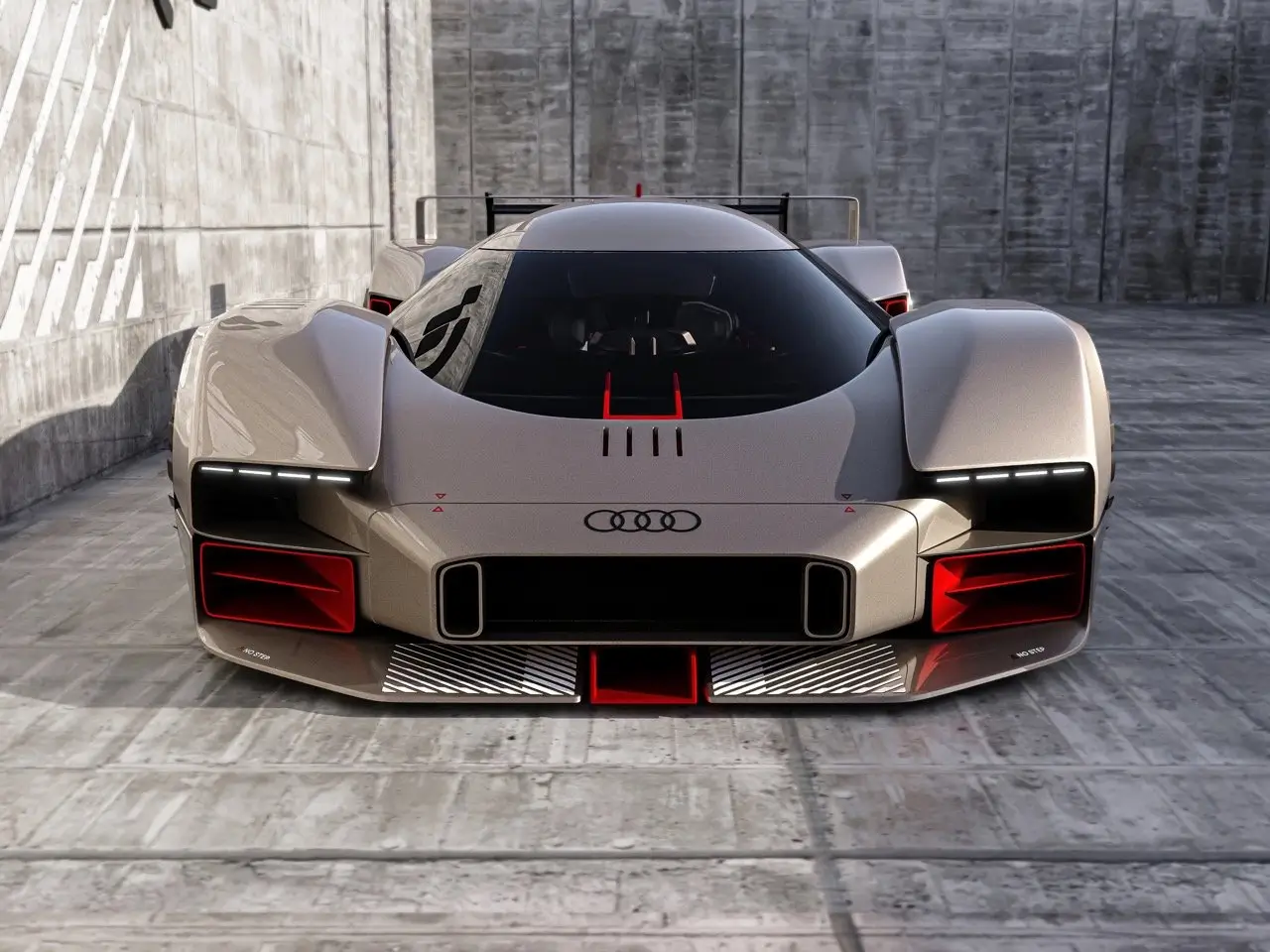In a time where lighting solutions often mesh into impersonal minimalism, the LED Abstract Edison Bulb bridges history with innovation—invoking the charm of 19th-century invention while thriving under the precision of 21st-century efficiency. This object is not merely a source of illumination; it is a dialogue between form and function, past and future, heritage and sustainability. It reimagines the bare-bulb aesthetic of the Industrial Age and elevates it to something sculptural, ambient, and emotionally resonant in today’s design culture.
The Invention Revisited: Aesthetic Origins of the Edison Bulb
To understand the poetic magnetism of the LED Abstract Edison Bulb, one must first return to the epochal original: the carbon filament light bulb, famously developed by Thomas Edison in 1879. These bulbs, with their warm amber glow and visible filaments, quickly became synonymous with progress, prosperity, and an electric future.
What made the original Edison bulb iconic wasn’t just its utility but its exposure. Unlike earlier gas lamps or hidden filament structures, Edison’s creation showcased its innards—offering transparency and rawness that echoed the industrial realism of its time. That honest display of circuitry became a motif in early electric aesthetics, and it endures today through modern interpretations like the LED Abstract Edison.
But where Edison once bent carbonized bamboo filaments by hand, today’s designers craft luminous circuitry through CNC-machined bases and laser-etched LED strands, often sealed in blown borosilicate or smoked glass. What remains consistent is the gesture of reverence toward light as both symbol and system.
Anatomy of the Abstract: LED as Light Sculpture
The “abstract” in the LED Abstract Edison Bulb is not just a title—it’s a visual philosophy. These bulbs are sculptural reinterpretations of filamentary forms, often twisting and looping into ethereal patterns that hover like floating calligraphy inside a translucent orb. Unlike traditional incandescent filaments that glow through resistance, LEDs emit light through electroluminescence—a cooler, more efficient process. Yet, the design hides this difference in plain sight, borrowing the visual language of coils, spirals, and waveforms to evoke nostalgia while silently rewriting the technology.
Often available in multiple shapes—teardrop, globe, tubular—the LED Abstract Edison Bulb replaces rudimentary wiring with stylized filaments made from flexible LED filaments encased in silicone resin. These filaments can be twisted into floral arabesques or coded symbols, adding a conceptual depth beyond the merely decorative. The aesthetic isn’t just vintage; it’s speculative. It asks: what would happen if Art Nouveau met smart energy?
Sustainability and Modern Efficiency
Underneath its romantic exterior, the LED Abstract Edison Bulb is a workhorse of sustainable engineering. LED technology, inherently more efficient than incandescent or halogen, consumes up to 80% less electricity and can last up to 25,000 hours or more. For interior designers and architects, this changes the function of lighting from consumable to collectible—something installed with intention, not just out of necessity.
Unlike traditional bulbs that emit significant heat and contain fragile filaments, these LEDs are cool to the touch and virtually shatterproof. They often include dimmable capabilities, allowing users to manipulate ambiance with precision. And because they fit standard E26 or E27 screw bases, they can be integrated into vintage lamps, contemporary pendants, or bespoke chandeliers without modification.
This universality makes them ideal for both residential and commercial use, from moody cafes in Copenhagen to curated showrooms in Tokyo. The bulb is no longer an afterthought—it becomes the centerpiece.
Interior Application: From Brooklyn Lofts to Milanese Salons
The LED Abstract Edison Bulb fits seamlessly into a range of interior settings. In Brooklyn lofts, it hangs naked from cloth-wrapped cords over reclaimed wood counters, accentuating a raw, utilitarian vibe. In Milanese design salons, it’s encased in brass cages or smoked glass domes, illuminating Carrara marble and high-concept furnishings with cinematic softness.
This versatility is born from its dual identity: historical artifact and contemporary object. The filament’s glow—warm, gold, and soft—feels human, tactile, intimate. Yet the bulb’s architecture speaks of design systems and engineered elegance. Whether suspended in clusters or arranged solo against concrete backdrops, it becomes a statement piece of ambient poetics.
The Cultural Current: Industrial Revival and Emotional Warmth
The resurgence of industrial design in the last decade—fueled by minimalism’s chill and a growing desire for tactility—has made the Edison aesthetic more relevant than ever. What the LED Abstract Edison Bulb captures is not just light but a feeling. It evokes the amber warmth of memory, the suspended hush of late-night thought, the gentle hum of energy.
For millennials and Gen Z audiences, it symbolizes a rebellion against blue-lit sterility. In an era where smartphones and LED screens bathe us in cold luminance, the warm hue of the Abstract Edison Bulb offers sanctuary. It becomes a counterpoint—a low-temperature glow against the harshness of modernity.
Design and Customization Trends
More than a standard SKU, the LED Abstract Edison Bulb is often the canvas for bespoke lighting brands. Companies like Tala, Buster + Punch, and Soho Home have adopted the form and remixed it. From copper-tinted glass to programmable flicker modes, customization runs deep. Consumers can choose not only the bulb shape but also the filament design—ranging from the minimal spiral to elaborate Z-shaped zigzags.
Some versions are Bluetooth-compatible, app-controlled, and even programmable to match circadian rhythms. In this evolution, the Abstract Edison becomes less a bulb and more a wellness device—a facilitator of mood and presence. The poetry of light is engineered to follow your daily rhythm.
Symbolism and the Postmodern Bulb
There’s a semiotic richness to the LED Abstract Edison Bulb. As a cultural artifact, it straddles dichotomies: old/new, analog/digital, utilitarian/ornamental. In the language of postmodern design, this kind of hybrid speaks volumes. It references the past without being imprisoned by it, and uses the aesthetic vocabulary of craft while relying on digital circuitry.
Designers, curators, and visual artists increasingly see it as an icon of layered meaning—a simulacrum of vintage invention now carrying the DNA of clean tech. It shines not only through walls and ceilings but through visual metaphors: illumination as memory, voltage as life, and lighting as narrative.
Flow
In a world of transient trends and disposable design, the LED Abstract Edison Bulb reminds us that the past isn’t something to leave behind—it’s something to reinterpret. It embodies an emotional intelligence that few tech objects can claim. By combining artistic form with ecological responsibility, it becomes more than a bulb. It becomes a story—of where we’ve been, where we are, and where we’re lighting the way.
No comments yet.








